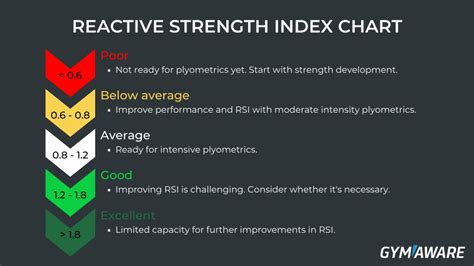Relative Strength Index, Vesting Period, Crypto Asset
“Crypto Assets: Understanding the Relativity of Relative Strength Index (RSI) and Vesting Period”
In the world of cryptocurrencies, many investors are drawn to the potential for high returns on their investments. However, understanding how different cryptocurrency assets perform can help you make informed decisions about which ones to invest in. In this article, we will explore two key concepts: Relative Strength Index (RSI) and Vesting Period.
Relative Strength Index (RSI)
The Relative Strength Index (RSI) is a momentum oscillator developed by J. Welles Wilder Jr. It measures the magnitude of recent price changes to determine overbought or oversold conditions in the market. The RSI is calculated as follows:
- 14-day simple moving average (SMA) of closing prices
- Deviation from the SMA: High value indicates overbought, Low value indicates oversold
A high RSI reading may indicate that a cryptocurrency has been overvalued and is due for a correction. Conversely, a low RSI reading may indicate that a cryptocurrency is undervalued and has room to fall.
Vesting Period
In the world of cryptocurrencies, vesting periods refer to the time it takes for an investor to own or control a particular asset. This can be weeks, months, or even years, depending on the contract terms. The main purpose of vesting is to ensure that investors do not immediately sell their assets when they become available.
Types of Vesting Periods
There are several types of vesting periods commonly used in cryptocurrencies:
- 30-day: Investors have 30 days after purchasing a cryptocurrency to hold onto it before selling.
- 90-day: Investors have 90 days from the date of purchase to sell a cryptocurrency before it is automatically delisted from exchanges if not traded within that time frame.
- 365-day: Investors have 365 days (or one year) from the date of purchase to sell a cryptocurrency before it is automatically delisted from exchanges if not traded within that time frame.
Understanding Crypto Assets
When considering cryptocurrencies, it’s essential to understand how different assets perform in terms of RSI and vesting periods. Some popular cryptocurrency assets include:
- Bitcoin (BTC): The most widely recognized cryptocurrency asset with a relatively short vesting period.
- Ethereum (ETH): Has a longer vesting period compared to Bitcoin, but still has a relatively low threshold for selling before it is automatically delisted from exchanges.
Conclusion

In conclusion, understanding the Relative Strength Index (RSI) and Vesting Period are essential concepts in the world of cryptocurrencies. By grasping how different assets perform on these metrics, investors can make more informed decisions about which ones to invest in. Remember that each asset has its unique characteristics, including RSI levels and vesting periods, which must be considered when making investment decisions.
Disclaimer
This article is for informational purposes only and should not be considered as investment advice. Cryptocurrency markets are known for their volatility and unpredictability, and investors should always do their own research before making investment decisions.